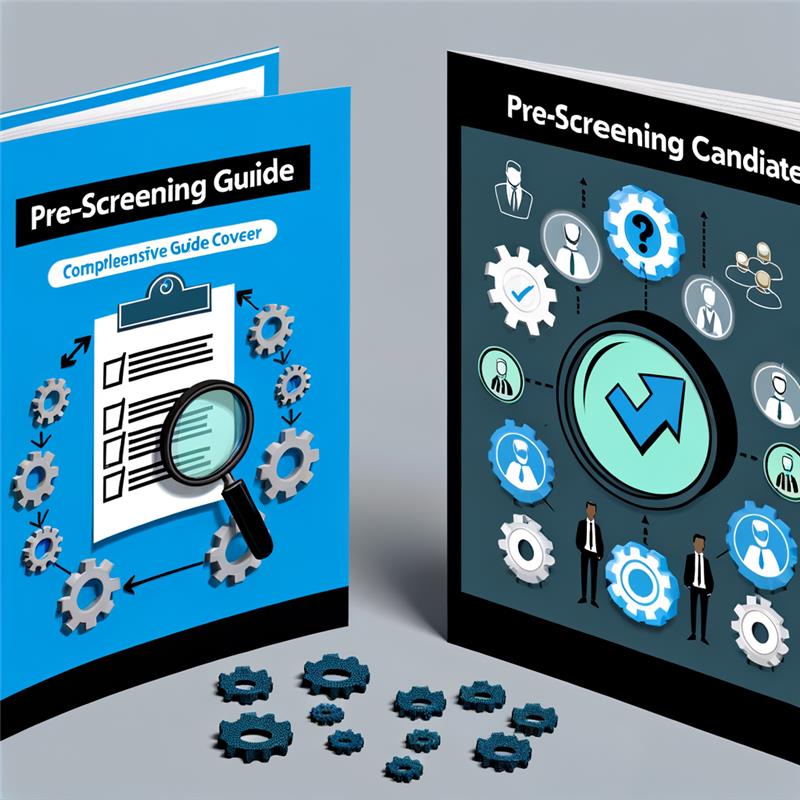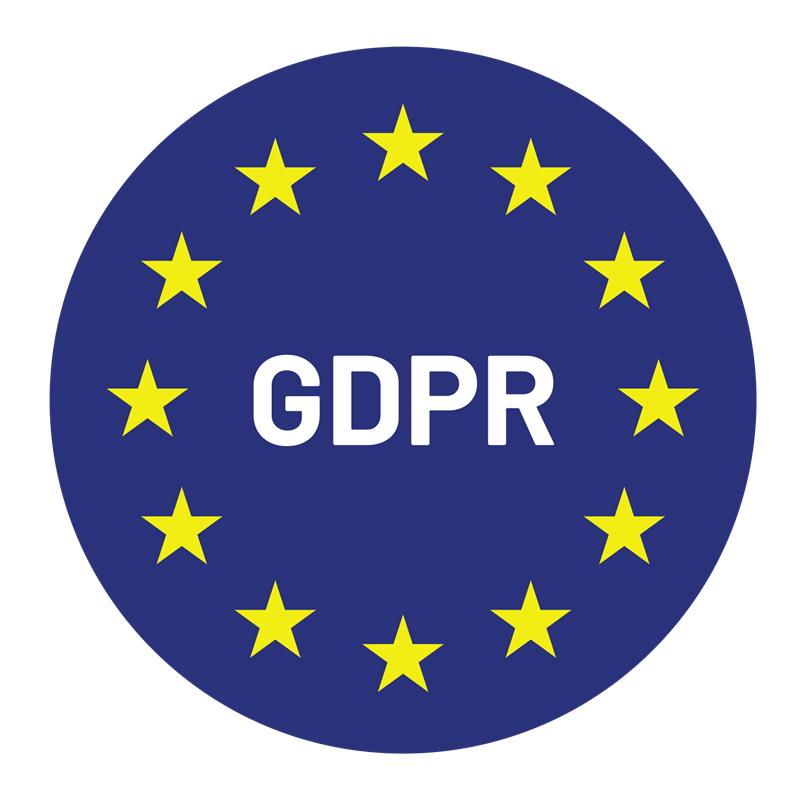Post-interview follow-ups are a vital part of the recruitment process. They not only shape the candidate’s experience but also enhance your company’s reputation as an employer of choice. A well-crafted follow-up process helps build trust, maintain transparency, and improve your chances of attracting top talent.
Importance of Post-Interview Follow-Ups
- Enhance Candidate Experience
- Timely and thoughtful follow-ups demonstrate that your organization values its candidates.
- Candidates who feel respected are more likely to speak positively about your brand.
- Retain Top Talent
- Delays in communication can lead candidates to explore other opportunities.
- Consistent follow-ups ensure that high-potential candidates stay engaged.
- Strengthen Employer Branding
- Positive candidate experiences, even for those not selected, enhance your reputation in the industry.
- Candidates often share their experiences on platforms like Glassdoor and LinkedIn, influencing your brand image.
Best Practices for Effective Post-Interview Follow-Ups
1. Send a Prompt Thank-You Email
Actionable Tip: Email candidates within 24–48 hours after the interview. Express gratitude for their time and outline the next steps.
2. Provide Constructive Feedback
Why It Matters: Candidates appreciate transparency, even if they are not selected.
Actionable Tip: Highlight strengths and areas for improvement with specific examples.
3. Set Clear Timelines
Why It Matters: Candidates value clarity about the hiring process.
Actionable Tip: Share timelines for next steps and stick to them. Notify candidates proactively if delays occur.
4. Tailor Communication for Each Candidate
Why It Matters: Personalized messages resonate more than generic ones.
Actionable Tip: Reference specific points from the interview, such as their response to a particular question or their experience in a relevant field.
5. Use Multiple Channels of Communication
Why It Matters: Candidates may have varying preferences for communication.
Actionable Tip: Follow up via email, phone calls, or professional networks, depending on the candidate’s preference.
Common Mistakes Employers Should Avoid
| Mistakes Employers Should Avoid | Impact | Solution |
| Delayed Responses | Candidates may lose interest or accept competing offers if there’s a long wait time. | Use an ATS to automate follow-ups and track timelines. |
| Overly Generic Feedback | Vague responses like “You’re not a fit for the role” can leave candidates frustrated. | Offer actionable and constructive feedback. |
| Lack of Transparency | Candidates left in the dark feel undervalued. | Communicate updates, even if there’s no significant progress. |
| Inconsistent Messaging Across Channels | Mixed messages can confuse candidates and harm your credibility. | Use centralized tools to ensure consistency in communication. |
Leveraging Technology for Better Follow-Ups
- Automate Follow-Ups with ATS Software: Automating follow-up emails ensures timely communication without manual effort.
- Track Feedback Effectively: Use tools to store and analyze candidate feedback to identify improvement areas.
- Streamline Team Collaboration: Centralize feedback and notes in one platform for better alignment within your hiring team.
How Follow-Ups Impact Employer Branding
- Boost Word-of-Mouth Recommendations: Candidates who have a positive experience are more likely to recommend your company.
- Create a Positive Online Presence: Reviews on platforms like Glassdoor and LinkedIn can influence future applicants.
- Build Long-Term Relationships: Even if candidates aren’t selected, a good follow-up can keep the door open for future roles.






